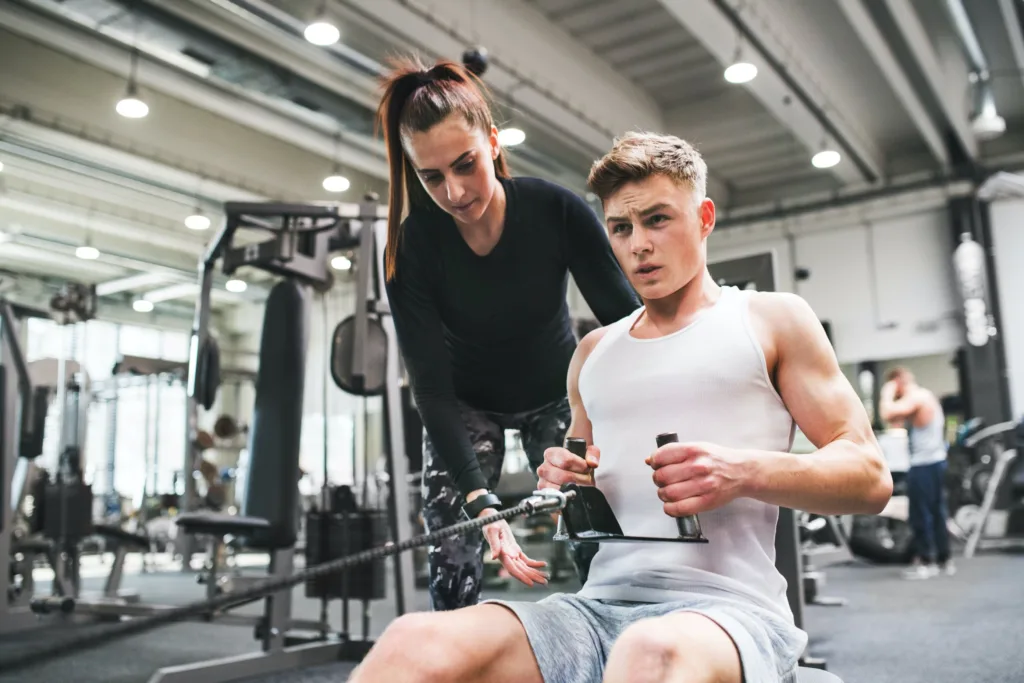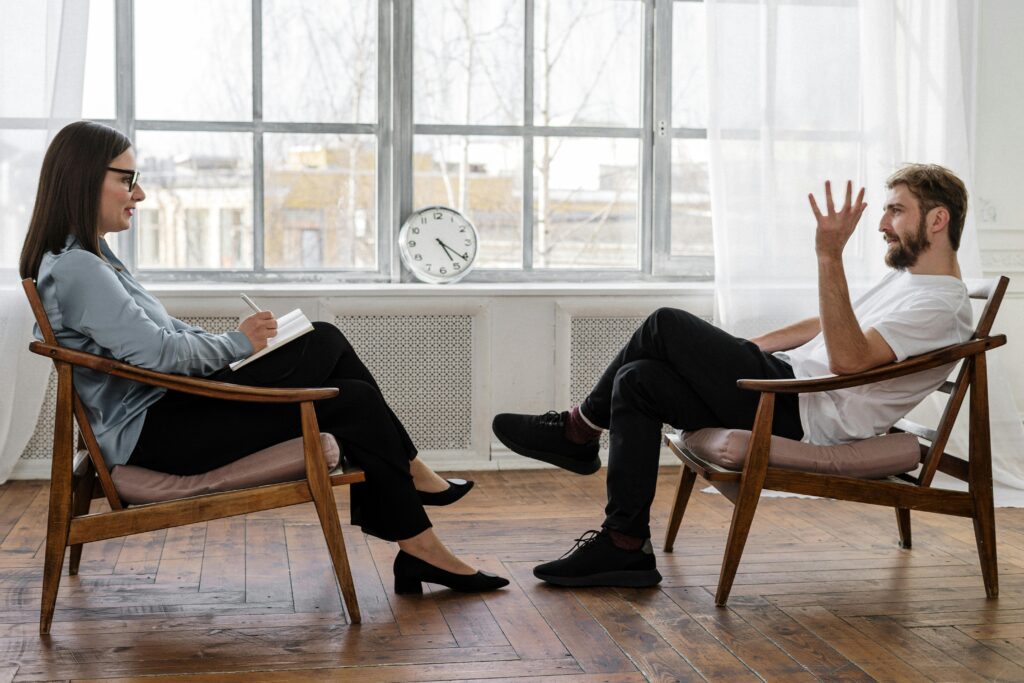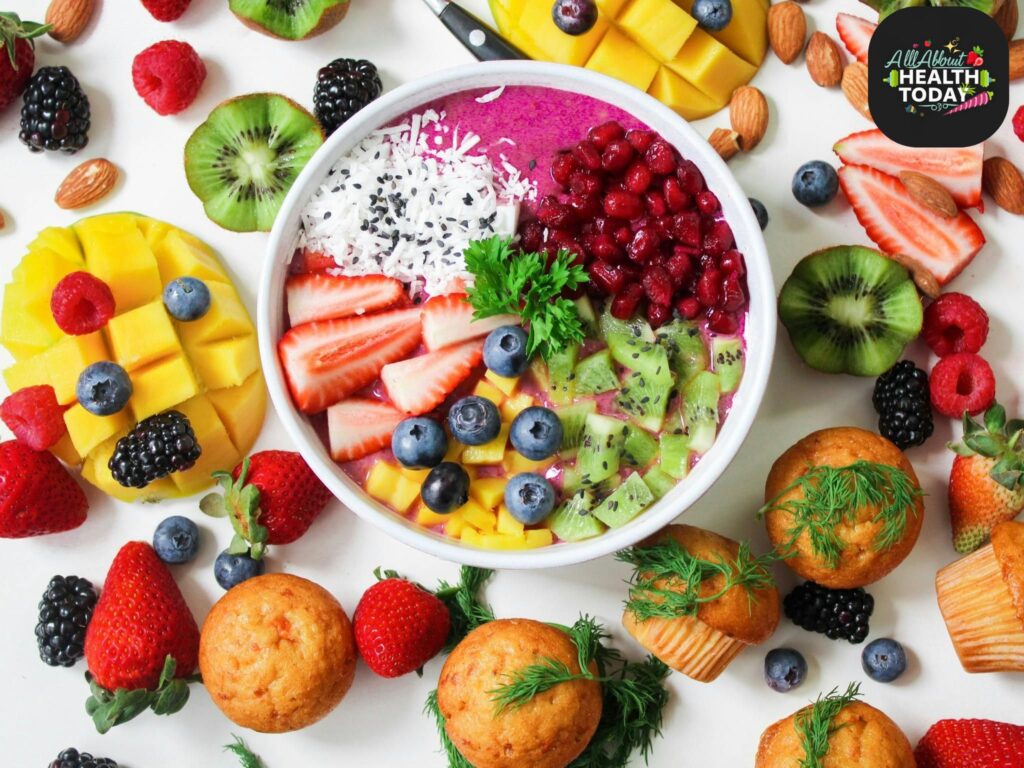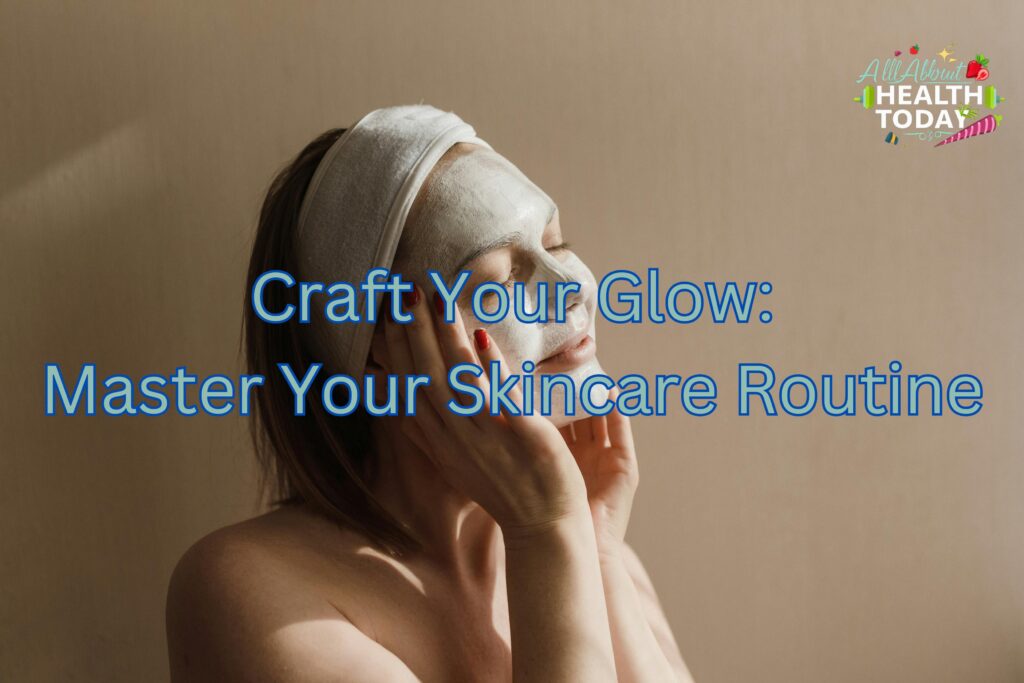Table of Contents
Did you know that adult acne affects nearly 50% of women and 25% of men in their 30s and 40s?
Adult breakoutsare a frustratingly common skin condition affecting millions well beyond their teenage years. While often dismissed as a simple case of hormones, the truth is that pimples on face in adults can stem from a surprising range of unexpected culprits. From hidden dietary triggers to everyday habits you wouldn’t suspect, the reasons behind those pesky skin pimples might be lurking where you least expect them.
From hidden dietary triggers to everyday habits you wouldn’t suspect, the reasons behind those pesky breakouts might be lurking where you least expect them.
We’ll review 10 surprising causes of adult acne, shedding light on the less-obvious factors that might be sabotaging your clear skin goals. More importantly, we’ll look at actionable strategies and proven treatments to finally banish those blemishes and reclaim a healthy, confident complexion.
Ready to ditch the breakouts for good? Let’s dive in.
Cause #1: Your Phone
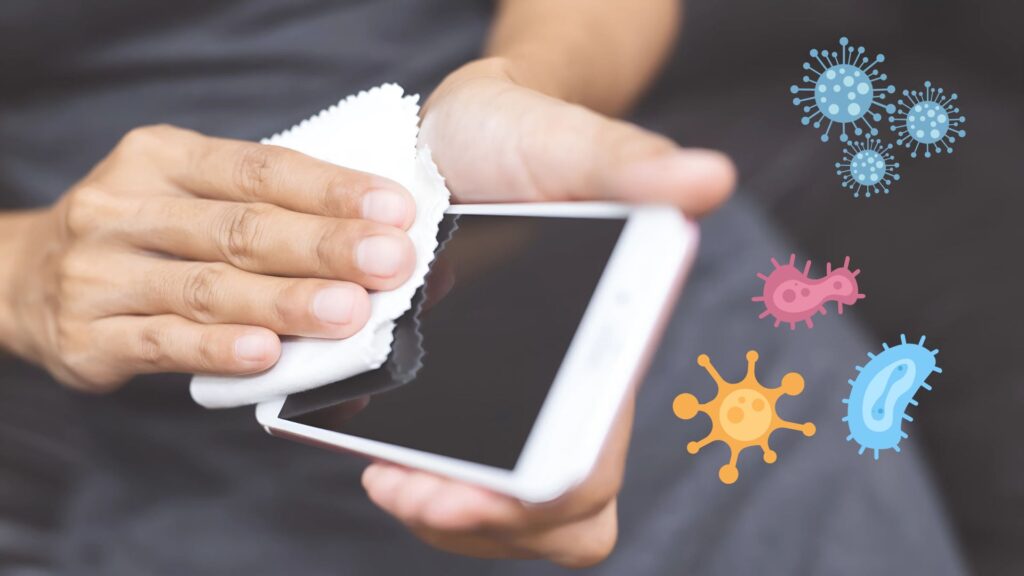
Cell Phone Acne: The Dirty Truth About Your Device
You might sanitize your hands religiously, but when was the last time you gave your cell phone a thorough cleaning?
Studies show that our phones are veritable breeding grounds for bacteria, and all that close contact with your face can lead to clogged pores and skin breakouts.
Transferring dirt, oil, and bacteria from your phone screen to your cheeks and chin can exacerbate existing skin conditions and trigger new pimples on face, making your beloved device a surprising source of blemishes.
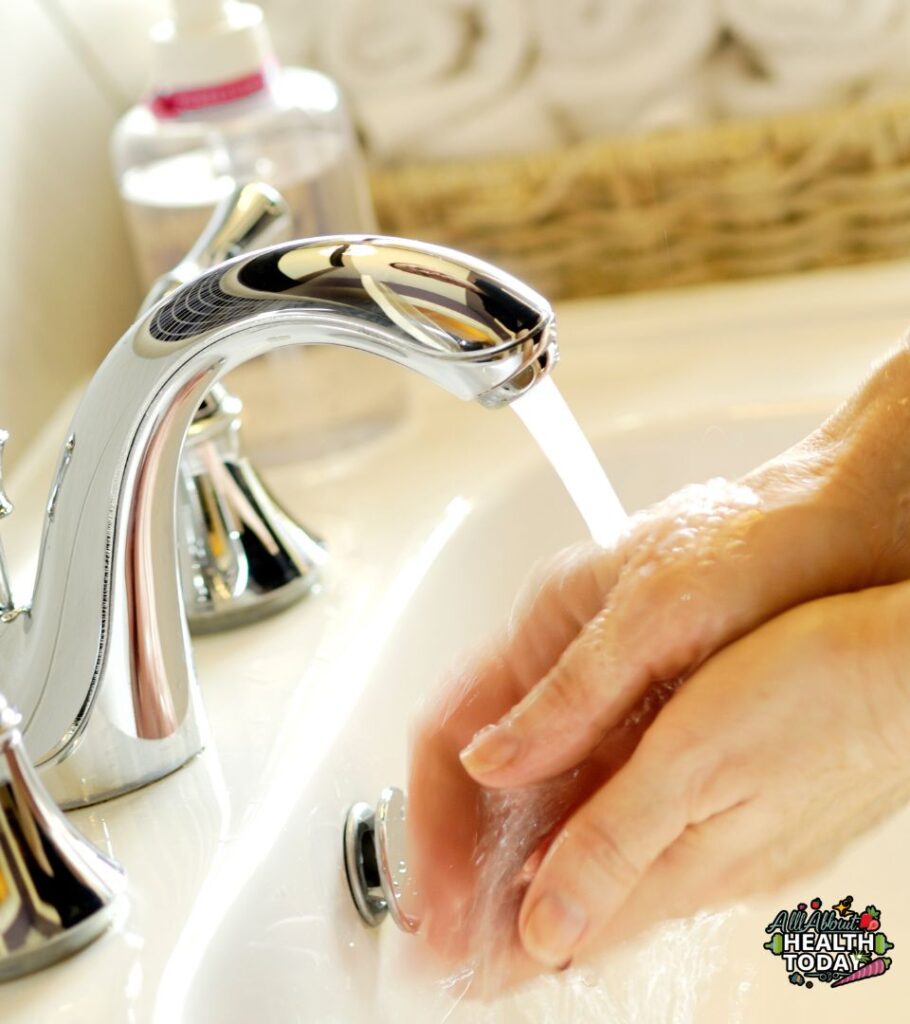
Cause #2: Your Pillowcase (Nightly Culprit)

Pillow Talk: How Your Pillowcase Might Be Causing Pimples
Think about it: your face spends hours pressed against your pillowcase every night. Over time, pillowcases accumulate oil, dead skin cells, and bacteria. If you’re not washing your pillowcase frequently, you’re essentially rubbing those pore-clogging culprits all over your skin night after night, leading to skin pimples and face breakouts. Consider switching to silk pillowcases as they are known to be gentler on the skin and less absorbent of oils.

Cause #3: Stress (Silent Breakout Trigger)
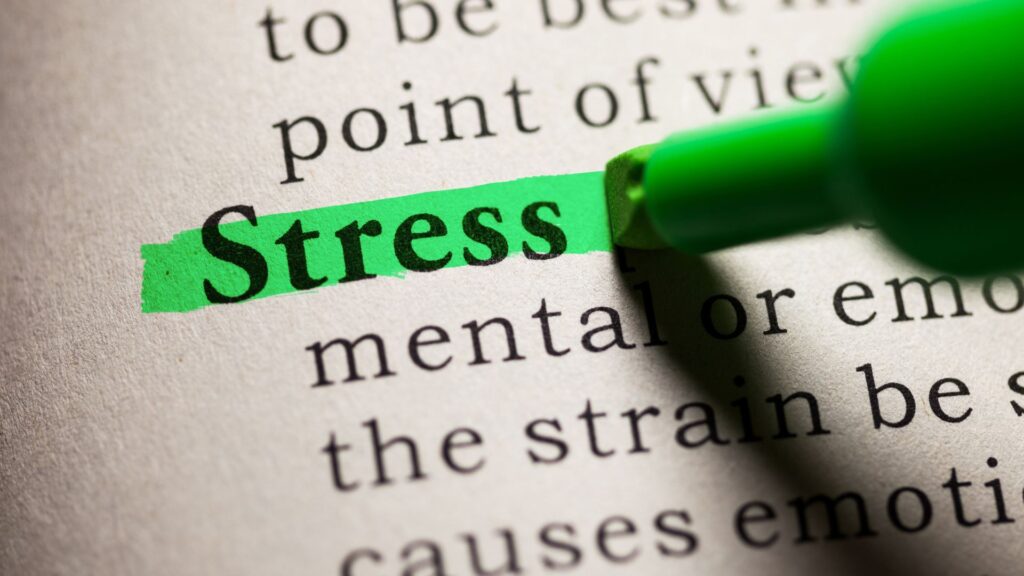
Stress-Induced Breakouts: When Your Anxiety Shows Up on Your Face
Stress doesn’t just affect your mental well-being; it can also wreak havoc on your skin. When you’re stressed, your body produces more cortisol, a hormone that can increase oil production and inflammation, both of which contribute to adult acne. Managing stress through exercise, meditation, or other relaxation techniques can be a crucial step in achieving healthy skin care and reducing pimples on face.
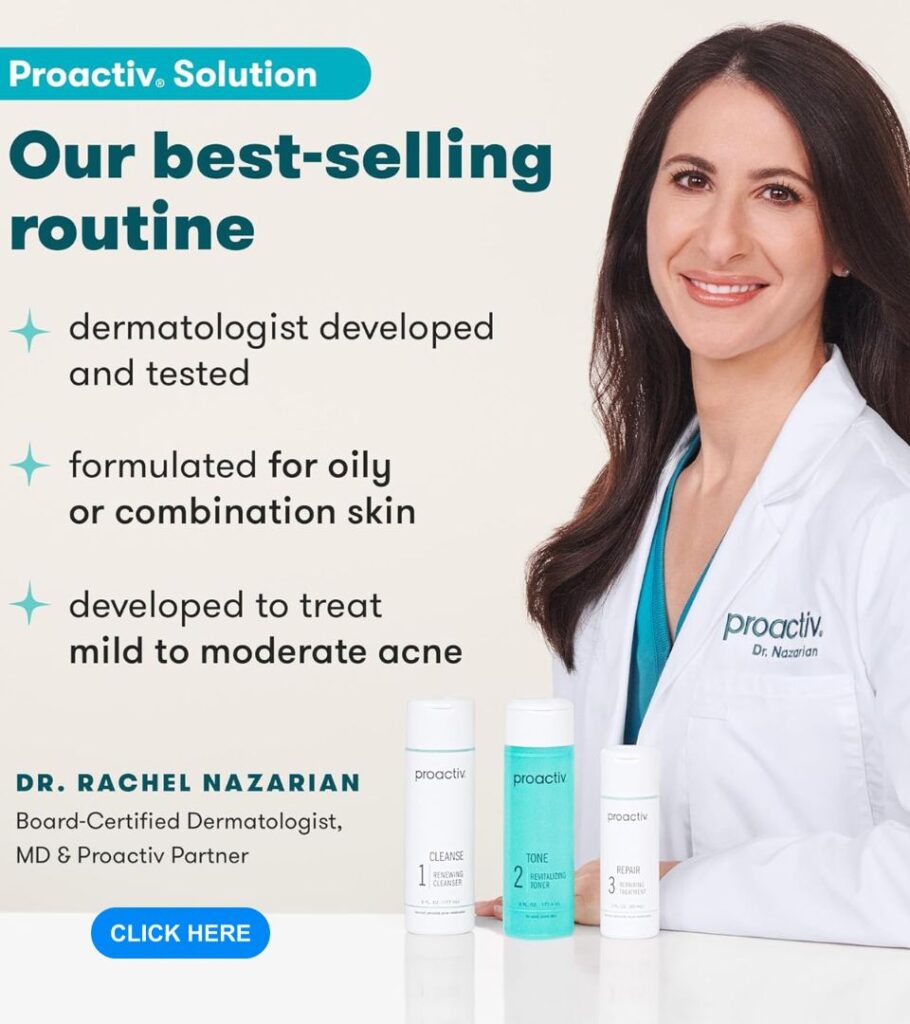
Cause #4: Dairy (Controversial Culprit)

Dairy and Acne: Is Your Milkshake Making You Break Out?
For some people, dairy consumption can be a trigger for skin breakouts. Dairy products can increase insulin levels and stimulate the production of hormones that contribute to inflammation and oil production, potentially leading to pimples. While not everyone is affected, consider experimenting with cutting back on dairy to see if it improves your skin conditions.
Cause #5: Sugar
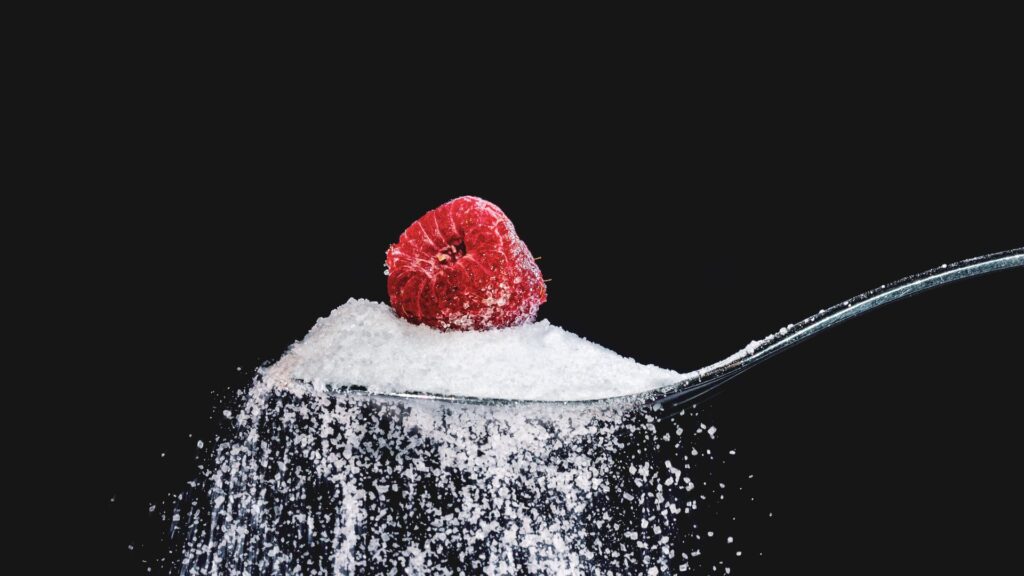
Sugar Rush: How Sugar Can Cause Skin Breakouts
Just like dairy, high sugar intake can also contribute to adult acne. Sugar can cause inflammation throughout the body, which can manifest as pimples and other skin blemishes. Reducing your consumption of sugary drinks, processed foods, and refined carbohydrates can help improve skin healthand reduce face breakouts.
Cause #6: Over-Exfoliating (The Scrubbing Mistake)

Exfoliation Overload: Why Too Much Scrubbing Can Cause Pimples
While exfoliation is important for removing dead skin cells, overdoing it can actually damage your skin’s protective barrier. Over-exfoliating can lead to irritation, inflammation, and dryness, which can paradoxically trigger skin breakouts. Stick to gentle exfoliation 1-2 times per week and avoid harsh scrubs to maintain healthy skin care.
Cause #7: Certain Medications (The Unexpected Side Effect)

Medication Mayhem: How Your Prescriptions Might Be Causing Acne
Certain medications, such as corticosteroids, lithium, and some antidepressants, can have acne as a side effect. If you suspect your medication is contributing to skin pimples, talk to your doctor about potential alternatives or ways to manage the side effects. Never stop taking prescribed medication without consulting your doctor first.
Cause #8: Makeup (The Clogging Conundrum)
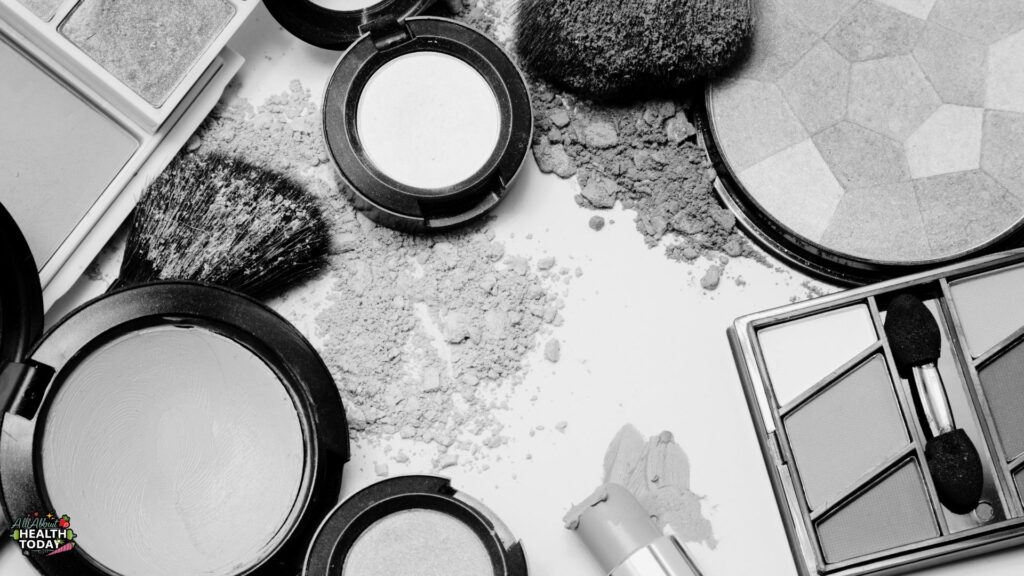
Makeup and Breakouts: Are Your Cosmetics Causing Clogged Pores?
Using noncomedogenic products is crucial when it comes to makeup and skin care. Heavy, pore-clogging foundations and concealers can trap oil and bacteria, leading to blackheads, whiteheads, and pimples. Always remove your makeup thoroughly before bed and choose lighter, breathable formulas to minimize the risk of face breakouts.
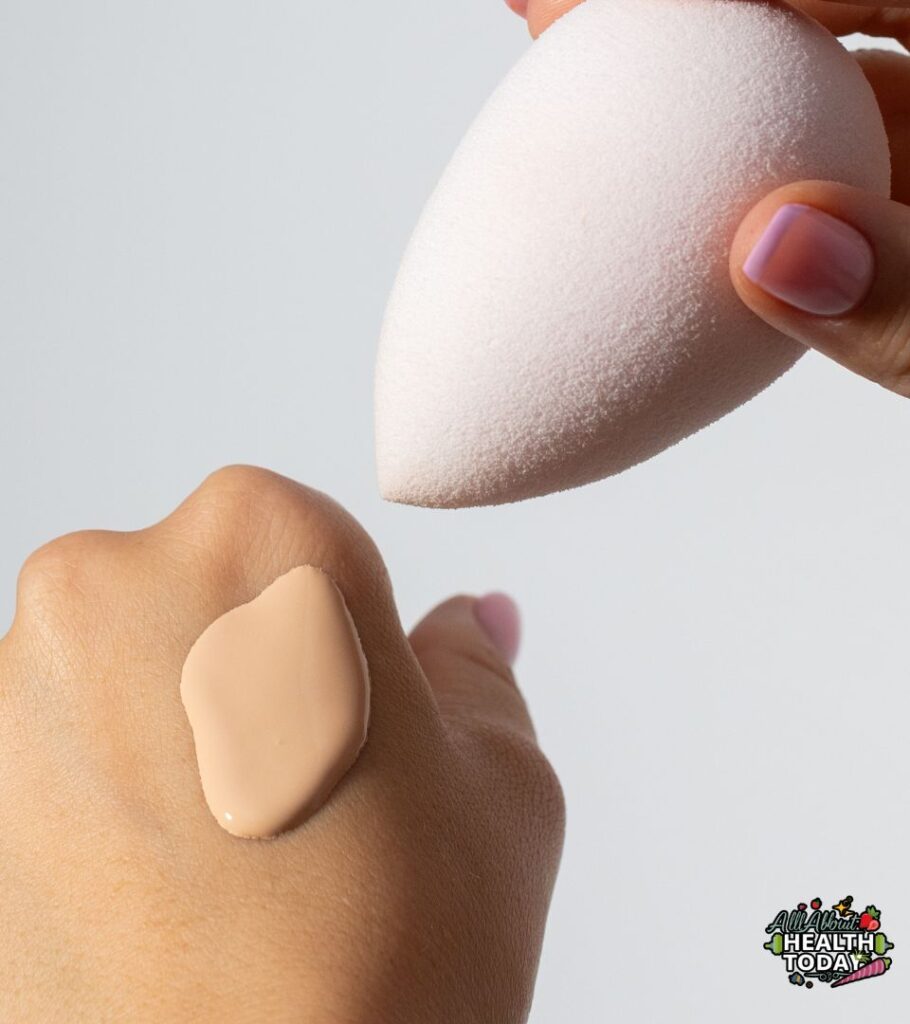
Cause #9: Not Cleaning Makeup Brushes
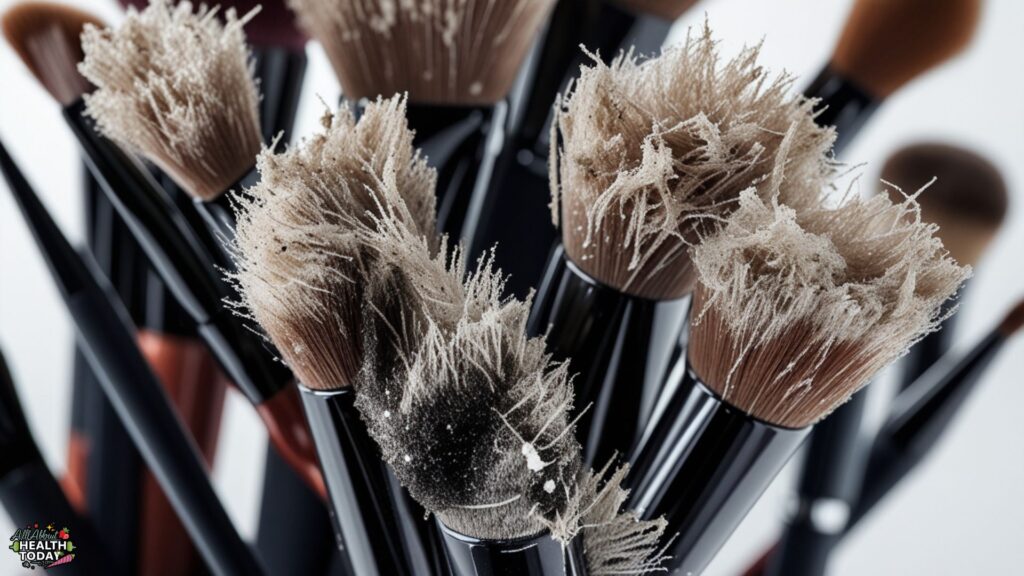
Brush Up on Hygiene: Why Dirty Makeup Brushes Cause Acne
Even if you use noncomedogenic products, dirty makeup brushes can still sabotage your skin. Makeup brushes accumulate bacteria, oil, and dead skin cells, which can then be transferred back onto your face every time you apply makeup. Clean your brushes regularly with a gentle cleanser to prevent skin pimples and maintain skin health.
Cause #10: Touching Your Face
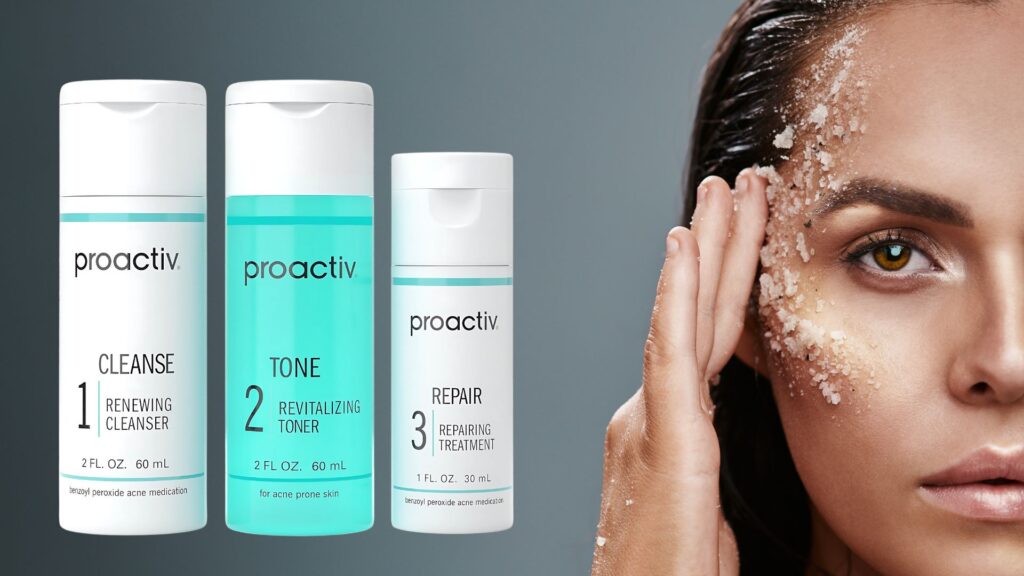
Hands Off! Why Touching Your Face Can Cause Pimples
This is one of the hardest habits to break! Throughout the day, your hands come into contact with countless germs and irritants. Touching your face transfers those impurities to your skin, increasing the risk of clogged pores and skin breakouts. Make a conscious effort to keep your hands away from your face to promote clear skin and prevent pimples on face.
How to Get Rid of Adult Acne
Now that we’ve uncovered the surprising causes of adult acne, let’s get down to business: how to get rid of pimples and achieve clear skin. Here are some actionable strategies, lifestyle changes, and adult acne treatment options to help you banish those blemishes for good.
Skincare Routine for Acne-Prone Skin
A consistent and gentle skin care routine is essential for managing adult breakouts.
- Cleanse Gently: Wash your skin twice a day with a mild, dermatologist recommended skin care cleanser. Avoid harsh soaps or scrubs that can irritate your skin and worsen skin conditions.
- Exfoliate Regularly (But Not Too Much!): Use a gentle exfoliator 1-2 times per week to remove dead skin cells and prevent clogged pores. Consider a chemical exfoliant like salicylic acid or glycolic acid.
- Use Non-Comedogenic Products: Choose skin care products for dry skin, moisturizers, and makeup labeled “non-comedogenic,” meaning they won’t clog your pores.
- Spot Treatment: Target individual pimples with a zit zapper containing benzoyl peroxide or salicylic acid.
- Moisturize: Even oily skin needs moisture! Use a light, oil-free moisturizer to keep your skin hydrated and balanced.
Diet Adjustments to Reduce Breakouts
What you eat can significantly impact your skin health.
🟢Limit Dairy and Sugar: As mentioned earlier, dairy and sugar can contribute to inflammation and skin breakouts in some people. Experiment with reducing your intake to see if it makes a difference.
🟢Eat a Balanced Diet: Focus on whole, unprocessed foods, including fruits, vegetables, and lean protein.
🟢Stay Hydrated: Drink plenty of water to keep your skin hydrated and flush out toxins.
🟢Consider Probiotics: Probiotics can help improve gut health, which may indirectly benefit your skin.
Lifestyle Changes for Clearer Skin
Beyond skin care products for breakouts & diet, certain lifestyle changes can make a big difference.
- Manage Stress: Find healthy ways to manage stress, such as exercise, meditation, or spending time in nature.
- Get Enough Sleep: Aim for 7-8 hours of sleep per night to allow your skin to repair itself.
- Clean Your Phone and Pillowcase: Regularly sanitize your phone and wash your pillowcase to minimize bacteria exposure.
- Don’t Pick!: As tempting as it may be, avoid picking or squeezing pimples, as this can lead to inflammation, scarring, and further skin blemishes.
- Remove your makeup: Remove your makeup before going to sleep.
Professional Treatments for Stubborn Acne
If over-the-counter treatments aren’t enough, consider seeking professional help.
- See a Dermatologist: A skin care dermatologist can assess your skin conditions and recommend prescription medications or treatments.
- Professional Facials: Regular facials can help deep clean pores and improve skin health. Look for facials designed for acne-prone skin.
- Chemical Peels: Chemical peels can exfoliate the skin and reduce the appearance of blemishes.
- Laser Therapy: Laser therapy can target acne-causing bacteria and reduce inflammation.
Understanding Different Types of Blemishes and How to Treat Them
Not all blemishes are created equal. Here’s a quick guide to identifying common types and how to address them:
- Blackheads: Open comedones that appear black due to oxidation. Try products containing salicylic acid to dissolve the blockage, or consider a professional facial to remove blackheads.
- Whiteheads: Closed comedones that appear as small, white bumps under the skin. Products with benzoyl peroxide or salicylic acid can help, as can gentle exfoliation.
- Pustules: Inflamed, pus-filled pimples. Avoid squeezing! Use a spot treatment with benzoyl peroxide and consider consulting a dermatologist for prescription-strength options.
- Cysts: Deep, painful, pus-filled lumps under the skin. These often require professional treatment, such as cortisone injections or prescription medication.
Remember: Consistency is key! It takes time and patience to see results. Don’t get discouraged if you don’t see improvements overnight. Stick with your skin care routine and lifestyle changes, and consult a skin care dermatologist if you have concerns.
Navigating adult acne can feel like solving a frustrating puzzle, can’t it? We’ve explored 10 surprising pieces of that puzzle, uncovering causes you might never have suspected were impacting your skin. The truth is, getting rid of pimples isn’t about quick fixes, but about understanding your skin’s unique needs and creating a sustainable path to skin health. Whether it’s tweaking your skin care routine, making small shifts in your diet, or finally booking that appointment with a skin care dermatologist, remember that every step you take is a step towards feeling more confident and comfortable in your own skin.
So, take a deep breath, be kind to yourself, and start experimenting. You’ve got the knowledge now – go unlock your skin’s potential and say hello to a clearer, happier you.

